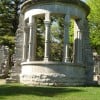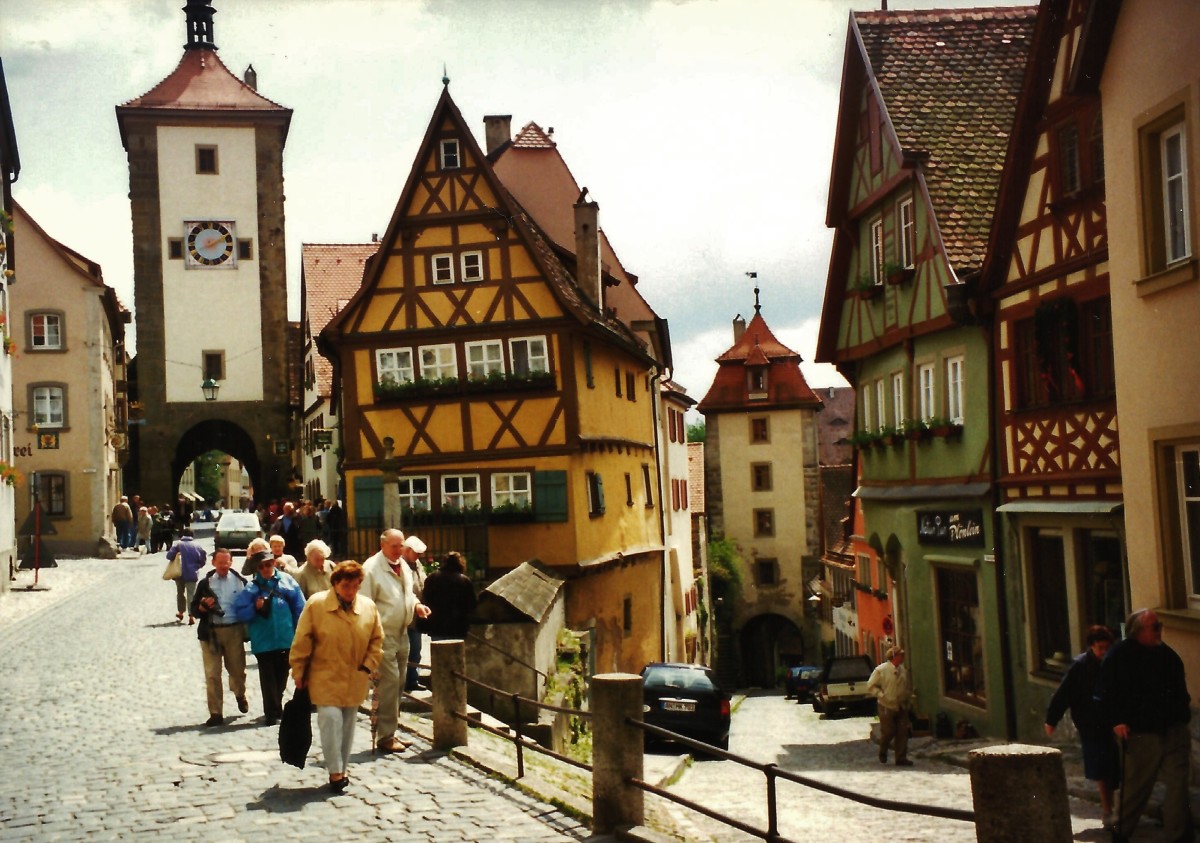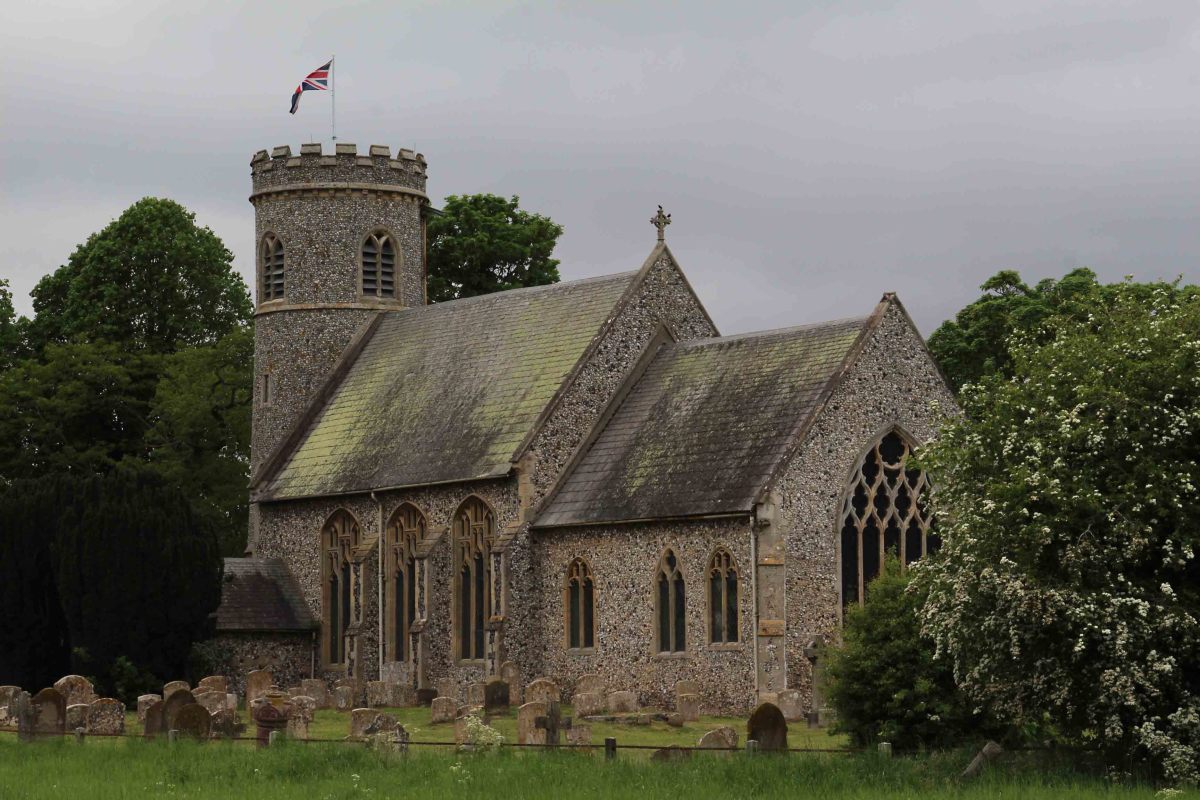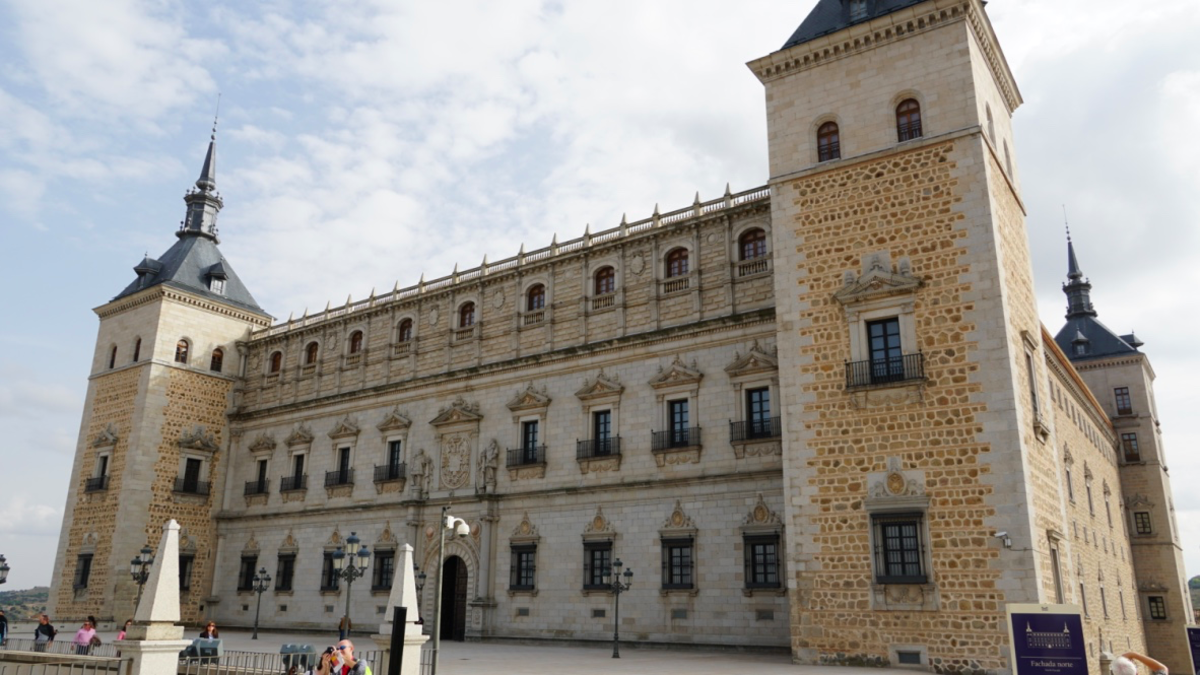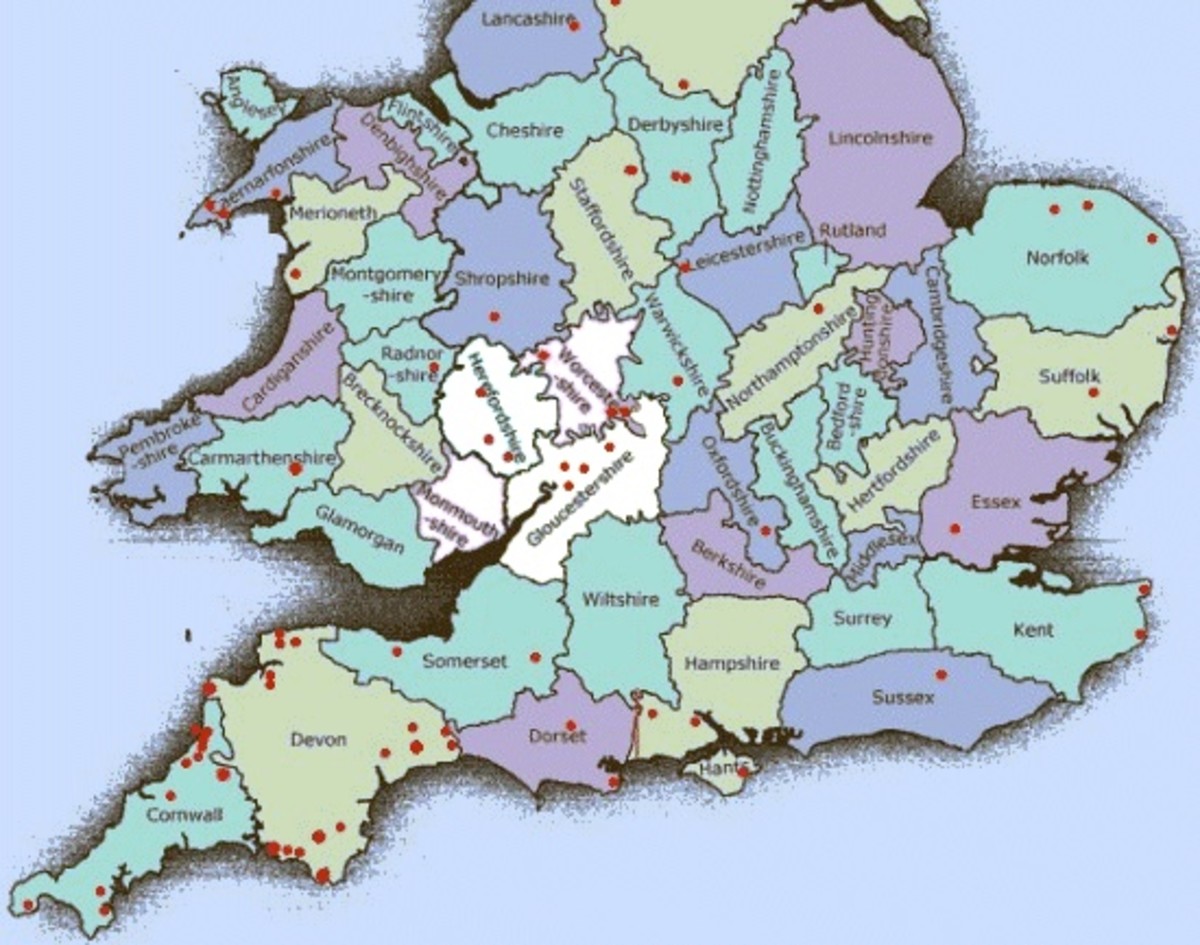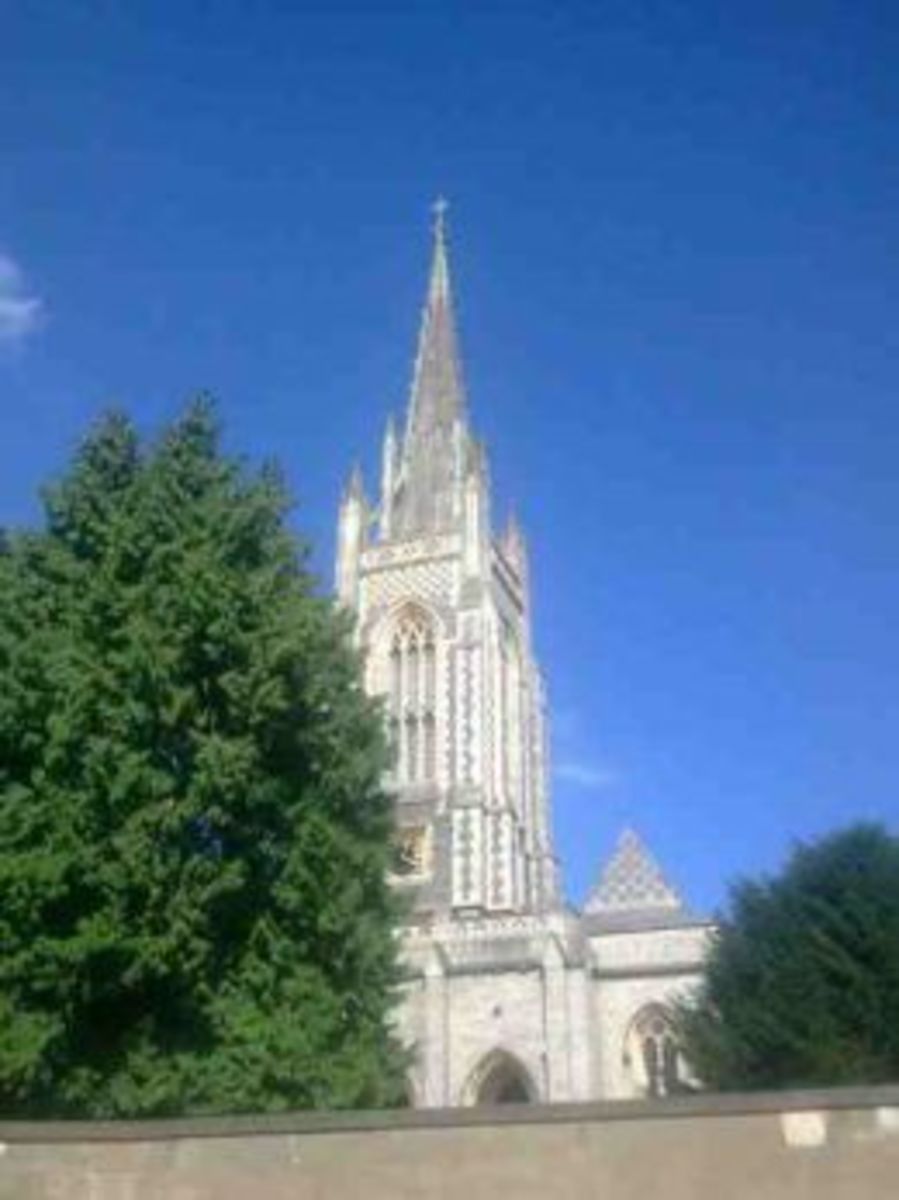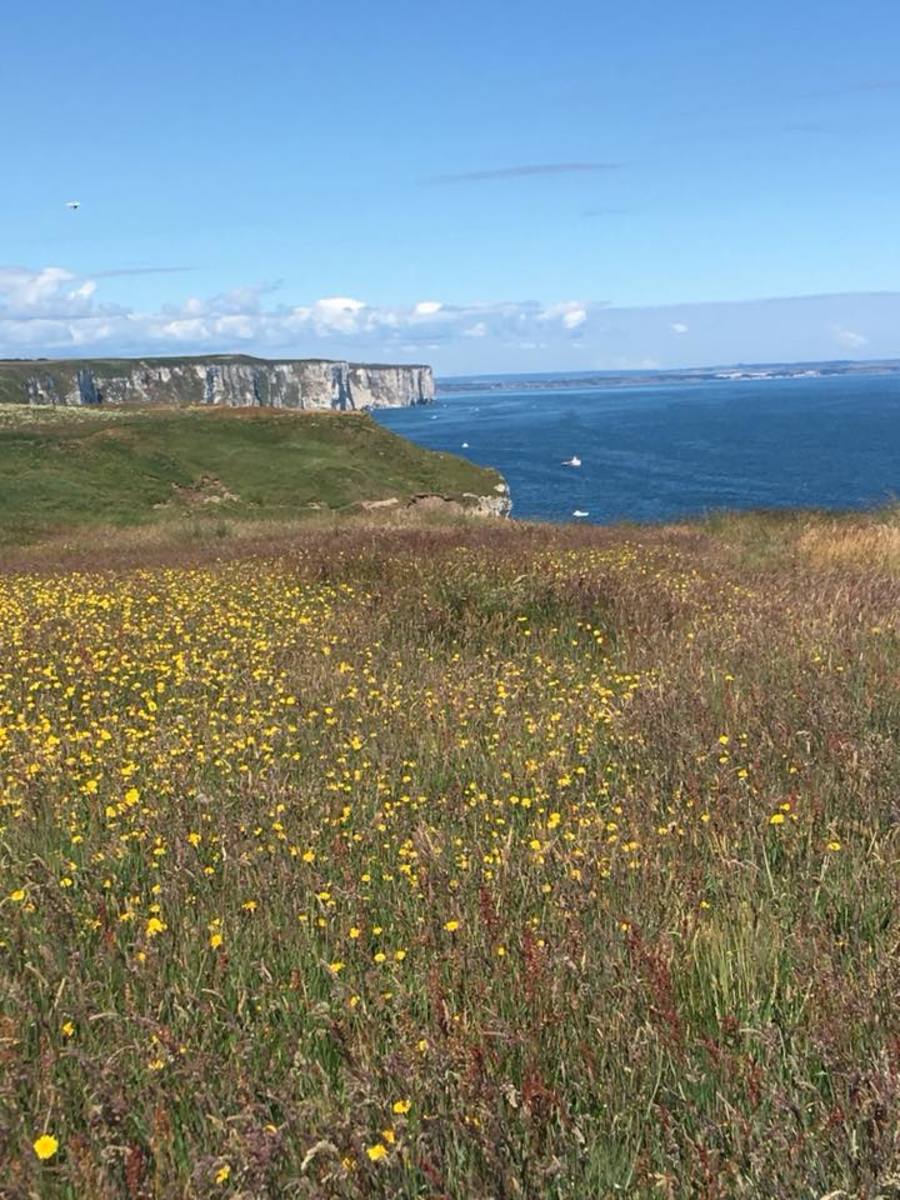- HubPages»
- Travel and Places»
- Visiting Europe»
- United Kingdom
Visiting the 12th century Abbey at Wymondham, Norfolk, England: monks and townsfolk disagreeing, building rival towers
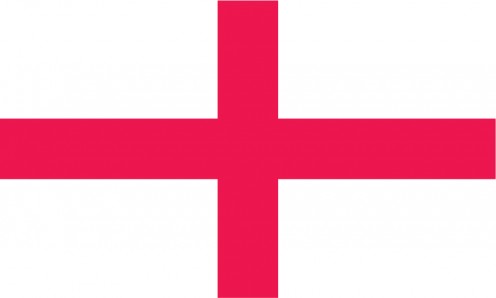
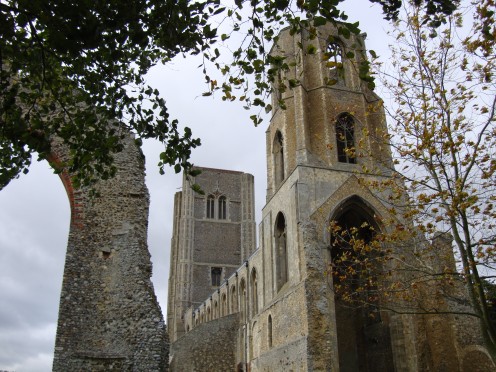
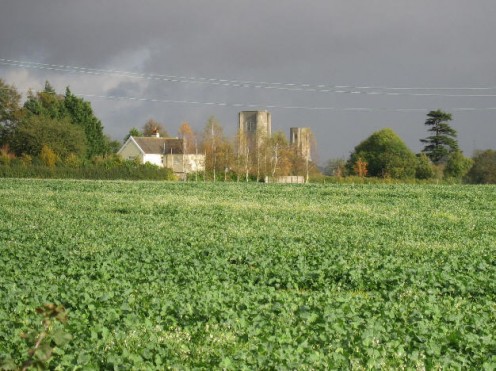
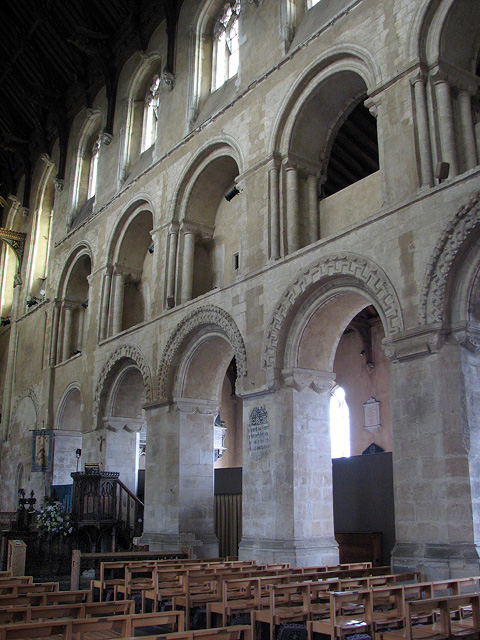
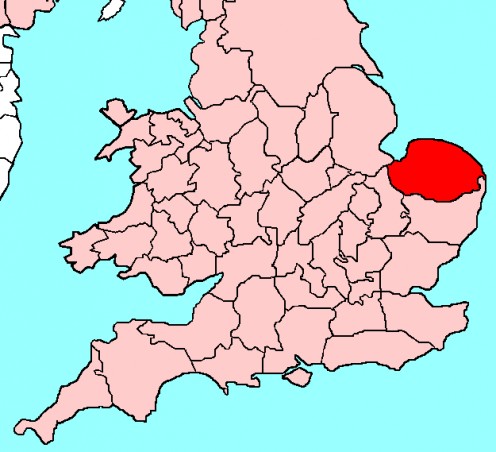
Bells, towers, disturbing the monks, and a gallows...
The Abbey in Wymondham (1), in England's Norfolk, was founded in 1107, by William d'Albini Senior. It was executed in stone from Caen, Normandy.
So is it, or was it, a church building or some kind of monastic establishment?
Well, no-one seemed conclusively to know. Or, rather, different people thought they knew, but no-one seemed to have a monopoly of viewpoint on who owned the building — or who owned, or could use, which parts.
For centuries, then, there was a deep-seated rivalry between the Abbey's monks and the townsfolk, who felt that the building was at least substantially theirs, as well as the monks'. This rivalry even took the form of separate towers being built by the different parties to the dispute. In fact, four separate towers were built in all, two of which have survived: one intact, and the other in ruins. (There were, altogether, twin west towers, a central octagonal tower which was rebuilt in the 14th century, and a tall, west tower, now measuring 43.6 metres, which replaced the original twin tower.)
Thus, down the years, the two towers were ever present symbols of the lack of empathy between monks and townsfolk. Sometimes the rivalry remained merely at the level of annoyance, when duly annoyed parishioners from the town would ring bells in one of the towers in order to disturb the monks' prayers. (Currently, the west tower has ten bells.) On other occasions, the rivalry descended to physical blows.
After the Reformation, the monks were summarily sent for a career move, owing in no small part to the greater emphasis on Biblical ways of organizing church affairs and on increasingly exercised state jurisdiction.
In 1549, the west tower was used for a macabre purpose: as a gallows for William Kett, brother to Robert Kett executed at Norwich Castle for leading a rebellion. One supposes that in constitutional terms this novel use of the Abbey Tower would be described as exhibiting the primacy of the temporal over the spiritual.
In 1573, some of the deterioration of the building's condition was made more widely known when Queen Elizabeth I visited the Abbey. As a result, funds were made available for repairs. (Curious how a little patronage goes a long way... )
Among the major features of the Abbey is a fine example of Norman arcading in the interior of the building.
July 26, 2012
Note
(1) Make sure you pronounce it 'Wind-ham'!
Also worth seeing
In Wymondham itself, the Market Cross is a remarkable, 17th century structure; Becket Chapel in the town was founded by William d'Albini Junior in 1174 (the Abbey was also dedicated jointly to Thomas à Becket).
Norwich (distance: 15 kilometres) has numerous visitor attractions, including Norwich Castle; Norwich Cathedral; Pull's Ferry; Elm Hill; Norwich Guildhall; and many others.
...
How to get there: United Airlines flies to London Heathrow Airport, where car rental is available. Wymondham 's rail links to London include those to Liverpool Street Station, via Cambridge. Wymondham is 206 kilometers from Heathrow Airport. Some facilities may be withdrawn, without notice. You are advised to check with the airline or your travel agent for up to date information.
MJFenn is an independent travel writer based in Ontario, Canada.
Other of my hubpages may also be of interest
- Visiting Wymondham, Norfolk, England, and its Market Cross: a remarkably well preserved 17th century
- Visiting Kett's Oak, Hethersett, Norfolk, England: recalling the execution of a 16th centur
- Visiting Norwich Castle, Norfolk, England: William the Conqueror reminding local people who was boss
- Visiting Bishop Bridge, Norwich, Norfolk, England: sedate structure, dating from 1345, with sober me
- Visiting Norwich, Norfolk, England and its fine, Medieval Cathedral: with one of the tallest spires
